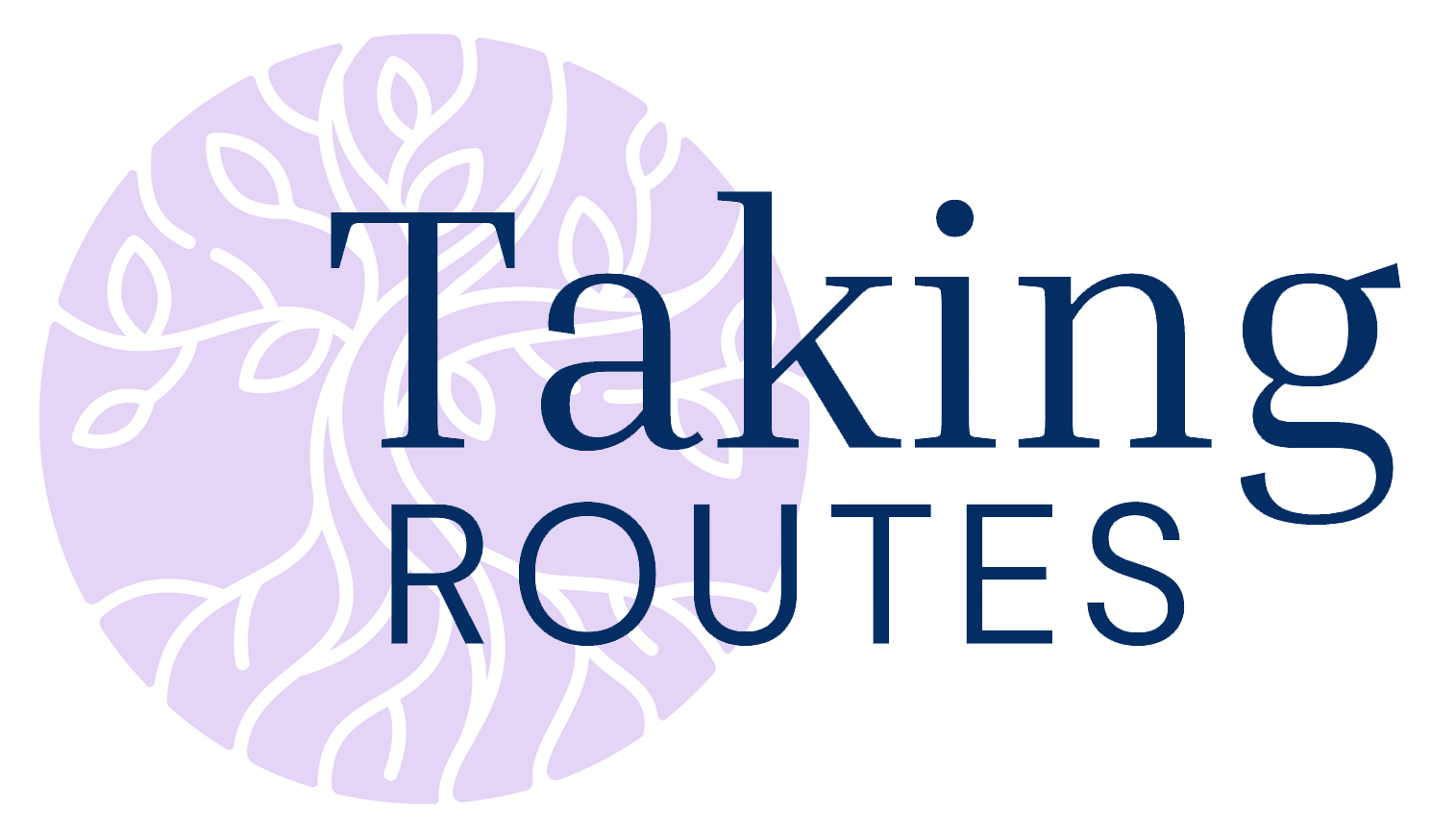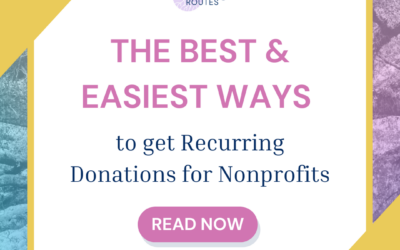Every nonprofit needs as many different paths to increasing revenue as possible. As much as we don’t want to admit it, the nonprofit space is highly competitive. Many small and grassroots organizations lack the funding to get off the ground before they’re grant-ready. So, here’s a list of 7 strategies for fundraising that don’t rely on grant acquisition!
The “Secret” Behind these Strategies for Fundraising
The reason these are ‘secret’ is because they use a technology that’s so far untapped in the nonprofit space. However, when used well, it can expand your organization to operate as if you had 10x more capacity!
Sounds like magic? It kind of is. ✨ But, we’re not gatekeeping here! The magic behind these strategies is using something called CRM technology in an innovative way.
We discovered that nonprofits weren’t aware of this after talking with a nonprofit founder who was desperate to hire her first Operations Manager. But, there was no way her nonprofit could yet afford an extra $50k salary, year after year.
I took a peek at the job description, and let her know she could automate all of it instead! Literally every task was something that could be handled by technology, as they were all menial daily duties, not true impact-focused work (which, of course, the humans in your organization should always lead!).
Unlike AI technology, automation is built by humans, for humans, to support core operations and fundraising strategies. It’s built to take over those most tedious tasks, so you can let your staff keep doing other work that needs a more personal touch.
So, here are 7 ways to tap into the power of CRM automation and skyrocket your nonprofit’s revenue!
Fundraising Strategy #1: New Contact Welcome Sequence
This is the most important out of this list of strategies for fundraising because it directly brings in new donors! Instead of all new email contacts having to wait until your next newsletter to hear from your nonprofit, they get information about your impact immediately after signing up. Then, they get a series of 4-6 more followup emails to complete the welcome sequence, persuading them to support with every email.
This means you reach prospective donors exactly when they’re most interested in supporting your nonprofit, because they just signed up! Plus, you’ll also continue to network for 1-3 months after (automatically, with no staff hours needed). This means some people on the fence will become convinced throughout the email sequence.
Talk with us here and we’ll give you an outline of what to include for your nonprofit, along with more customized tips on how to get even more email contacts!
Fundraising Strategy #2: Donor Gratitude Sequence
Besides the required tax email, does your nonprofit sincerely thank donors right after they donate? 31% of donors report either not being thanked or poor donor communication as a reason for not giving again (via Dr. Adrian Sargeant). And this loss of donor retention is 100% preventable!
Without a proper thank you, many donors won’t return to donate again. This is a ton of lost revenue for your nonprofit! But what if you could thank them immediately after they first gave with a sincerely written email, without lifting a finger? Even better if you followed up with a few more emails over the next 1-2 months, sharing what sort of impact they just made. They’ll be loyal donors for years to come!
This is the power of a Donor Gratitude Sequence. And, like all these strategies for fundraising, it’s all automated. You can still reach out to particularly generous donors personally too, but this automation means everyone feels your gratitude, and is likely to keep giving to your important cause.
Fundraising Strategy #3: Volunteer Onboarding Sequence
Volunteers are not only essential for nonprofit operations, but they’re also a great asset to your fundraising team. If they love volunteering, they’ll tell others about what your nonprofit does and encourage them to give or get involved!
But, a volunteer is not going to have a great time if their onboarding is confusing, disorganized, or takes months. In fact, it might turn a would-be supporter away from your nonprofit.
But, there’s an easy solution! You can also set up an automated sequence for Volunteer Onboarding. It can integrate with actual staff as needed (for training meetings, interviews, etc.), but the automation can handle all the tedious things like scheduling, forms to complete, and legal or policy materials to sign.
This saves your staff countless hours of setup and keeps things more organized for incoming volunteers, so they feel well taken care of and willing to support your organization in turn.
Chat with us here to see what this would look like for your nonprofit’s unique volunteers!
Fundraising Strategy #4: Donor Re-Engagement Sequence
In a Facebook group for nonprofits, one $3M organization shared how they were months away from running out of all funding and having to fire their entire staff. No political fallout or huge operational loss caused this…it was entirely due to the lack of a donor re-engagement plan.
Their board was entirely responsible for manually networking with past donors to keep them giving. This meant they could only reach about 10% of past donors in a year, and only a small percent of those actually gave again. Basically, year after year, their funding was shrinking.
This is a nonprofit nightmare. But thankfully, it’s easily preventable with a Donor Re-Engagement Sequence. This automatically emails all past donors 6-9 months after their last donation, and we don’t just write this to say “please give again!” Instead, it carefully nurtures a restored connection with them through impact stories, funding goals, and critical statistics to convince them to once again donate to your important cause.
Here’s the hard truth: Newsletters alone are not enough to keep donors giving. And, board members can’t reach enough donors to keep your organization afloat. You need something that automatically reaches 100% of past donors, so no one who wants to give again gets missed.
This means your nonprofit’s revenue keeps growing. So, see how to secure long-term donors via automation here.
Fundraising Strategy #5: Event Followup Sequences
Event attendees are already primed to support your nonprofit in other ways, so how do you really leverage their attendance? Or, for new community events, how do you network with attendees after to keep them in your nonprofit’s circle?
If you collect emails at this event, you can keep in touch with everyone through an automated Event Followup Sequence. Each attendee will receive a thank you for attending, along with what sort of impact the event made, followed by a few other emails in the weeks after talking about other work your nonprofit does and how they can get involved.
This amplifies your already existing strategies for fundraising by keeping in touch with those who are likely to become passionate supporters!
Have an event coming up soon? Talk with us here to see if we can help you set this up.
Fundraising Strategy #6: Corporate Sponsor Onboarding
Corporate sponsors have a lot of proposals from nonprofits needing funding. But, your organization will stand apart from the pack if you follow up after a call by sending them a series of emails with more information.
Basically, at the end of the call, ask if they want these emails with more information about your organization. Then, over the next few weeks, they receive several about how their large contribution will help, direct funding goals, vision, benefits to sponsors, and past impact examples. They’ll feel assured their gift of $5k, $10k, $100k is going to directly amplify that impact!
Ready to land those high-ticket sponsors? Talk with us here about this fundraising automation!
Fundraising Strategy #7: Outreach Emails to Collaborative Foundations and Nonprofits
Although collaboration doesn’t directly drive revenue, it is still an essential part of your nonprofit’s strategies for fundraising! Every collaboration means new connections, which means greater growth for your organization.
Instead of just reaching out once manually to foundations and nonprofits in your circle, you can invite them to learn more about what you do and collaborations you’re looking for via email automation. It’ll slowly share info over a few months, to get their minds churning on potential collaborations that benefit both of your organizations!
Overall Benefits of Using Automation in Your Nonprofit’s Fundraising Strategies
These 7 strategies for fundraising aren’t the end of all the ways automation can help your nonprofit. It’s an overarching, strategic way of leveraging limited time and money to make the greatest impact, because it automatically expands your ability to manage both internal operations and marketing outreach.
And, unlike a lot of solutions for nonprofits, this is meant especially for startup and mid-size organizations who don’t have massive staff funding! It innovates around that block with small, affordable projects to build an “Operations Manager” and “Marketing Team” all through technology.
No matter the size of your nonprofit, CRM automation reduces overhead costs, increases donor conversion rates, and saves dozens of hours every week.
We can set it all up for you, since we know it can be challenging and time-consuming to DIY properly. Meet with us here for a call on what your specific organization needs, and we’ll innovate a way to help.



